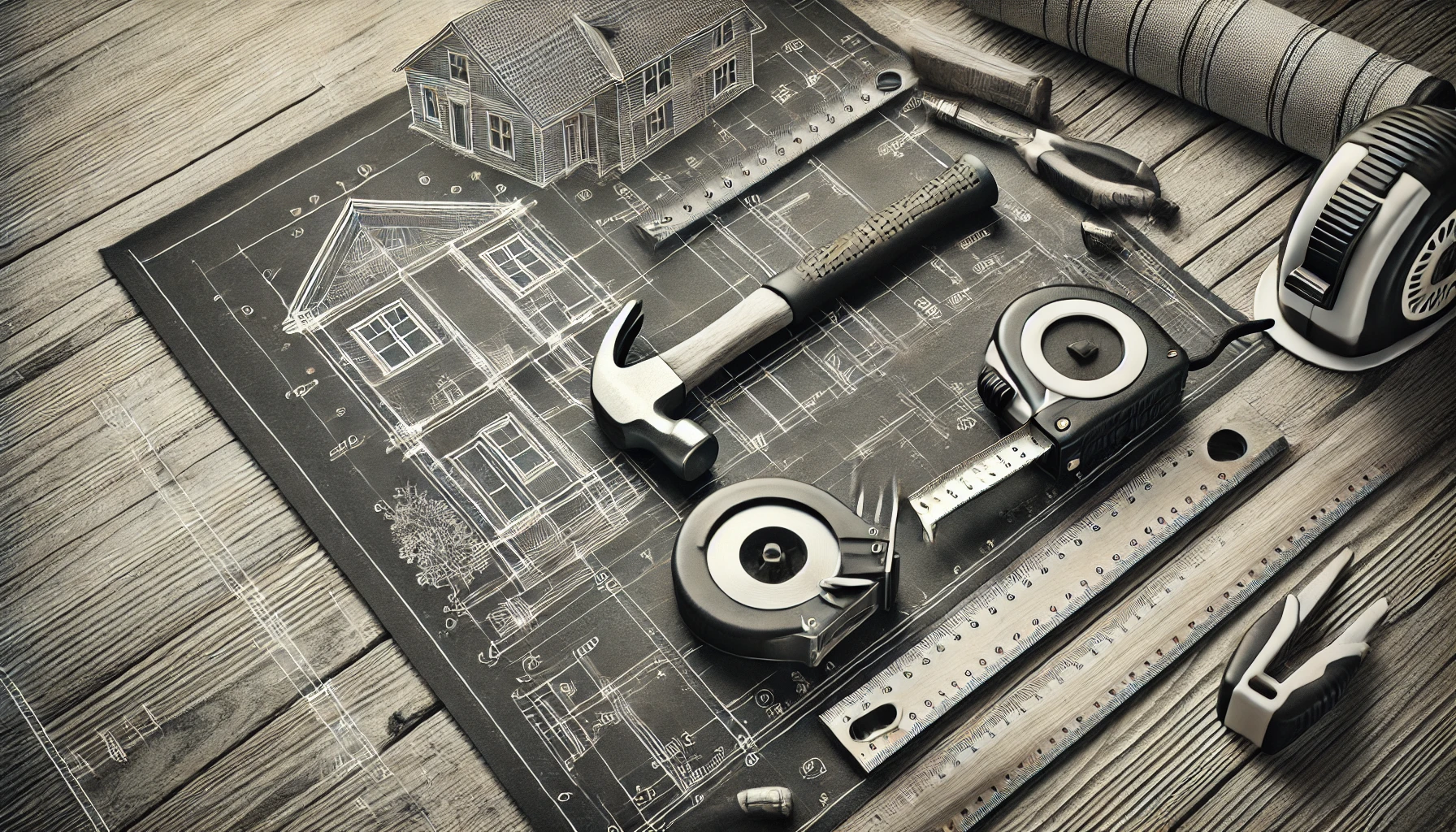The Real Cost of Fixing a DIY Mistake
DIY projects are appealing—saving money, learning new skills, and enjoying a sense of accomplishment. But when something goes wrong, the cost of fixing a DIY mistake often outweighs the savings. Understanding these hidden costs helps homeowners and property managers make smarter decisions about which projects to attempt and which to leave to experienced hands.
Materials Wasted
Using the wrong materials—or applying them incorrectly—can quickly lead to waste. Cutting boards too short, applying the wrong caulk, or damaging drywall during a patch job all add unnecessary costs when supplies have to be purchased again.
Tools You’ll Rarely Use Again
Many home projects require specialized tools such as tile cutters, mitre saws, or drywall sanders. Buying these for a single attempt can be expensive, and rentals add up if the job takes longer than expected. In many cases, the cost of tools becomes part of the “hidden bill” of DIY.
Time Lost
Time is one of the most underestimated costs. What might take a skilled professional a few hours can stretch into an entire weekend for an inexperienced DIYer. The value of lost time—whether work, family commitments, or reduced rest—can be greater than the money saved.
Safety and Liability Risks
Some mistakes create hazards. Miswired outlets, poorly installed railings, or incorrectly sealed showers can put occupants at risk. Insurance may not cover damages caused by unqualified repairs, leaving the homeowner responsible for expensive consequences.
Paying Twice
One of the most frustrating outcomes of DIY mistakes is having to hire a professional anyway. Often, the first step is undoing the faulty work, which takes extra time and adds cost. In construction, “demo and redo” can easily double the expense compared to getting it right the first time.
Impact on Property Value
Poorly finished DIY work—uneven paint lines, crooked tile, or loose fixtures—can lower property value. For rental or strata properties, these visible mistakes may also increase tenant complaints and turnover.
Key Takeaway
DIY projects can be rewarding when done with the right preparation, skills, and tools. But when errors occur, the real cost often shows up in wasted materials, time, and higher repair bills. Before starting, ask: Is this a project I can confidently complete, or one that could cost more if I get it wrong?

